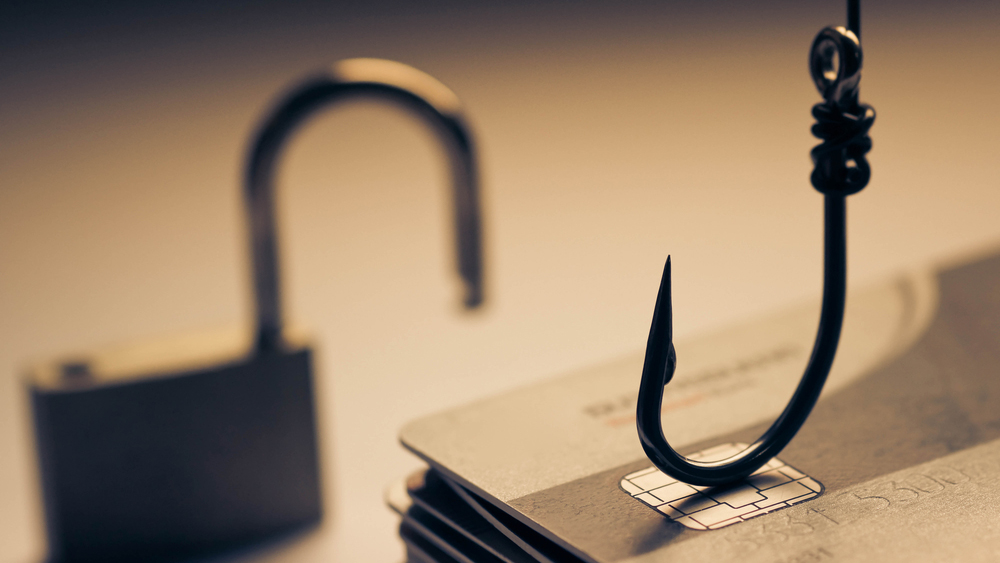eBay, Apple, Microsoft, Facebook, and Google were phishers’ top targets in 2020
Phishers also making more use of HTTPS in attacks


Phishing attacks increased by 510% from January to February 2020 alone, according to a new report.
The 2021 Webroot BrightCloud Threat Report said these attacks increased significantly in the first few months of 2020, taking advantage of pandemic-induced product shortages and increased use of streaming services.
RELATED RESOURCE

Of the brands most targeted for impersonations, eBay topped the list with 31.1% of all phishing attacks in February. Apple, Microsoft, Facebook, and Google made up the rest of the top five.
Security intelligence director Grayson Milbourne said it’s not uncommon to see phishing campaigns make big shifts in the companies they target based on how people are likely to shop and interact online.
“During the pandemic, people who would have shopped in person at malls and bricks and mortar stores turned to resources like eBay and online retailers. Cybercriminals follow these trends. They took advantage of eBay early in the pandemic and then pivoted, as the year went on, to other trending topics,” he said.
The report found that another trend in phishing URLs is using HTTPS versus HTTP. It found many users have learned to expect their websites to use HTTPS to protect communications, making them less likely to fall for phishing scams using HTTP.
“While switching to use HTTPS requires a bit more effort and expense on the attackers’ part, it’s well worth it, as using the HTTPS protocol gives unsuspecting victims a false sense of security, and the encryption can also prevent many web filtering solutions from identifying and blocking malicious communications,” the report’s authors said.
Sign up today and you will receive a free copy of our Future Focus 2025 report - the leading guidance on AI, cybersecurity and other IT challenges as per 700+ senior executives
Throughout all of 2020, around 32% of phishing attempts used HTTPS, but a shocking 54% of phishing sites used HTTPS in December alone. Researchers predicted that most phishing attempts would use HTTPS in 2021.
Despite the rising figures, HTTPS use varies considerably based on the industry the hackers are targeting.
“It’s most heavily used when spoofing cryptocurrency exchanges (70% of the time), ISPs (65%), and gaming (62%). Meanwhile, for other industries, like delivery services and social media, the rates are just over 30%. Education is the lowest sector at 26%,” researchers said.
“Whenever there’s a major event or hot topic in the news, you can bet there will be opportunists on standby somewhere, poised to exploit it,” said David Dufour, vice president of Software Engineering at Webroot.
“The pandemic has been no different, with cyber criminals working overtime to take advantage of individuals and businesses as they transitioned to a mostly online lifestyle. New social engineering tactics, phishing campaigns, record-breaking ransomware pay-outs, and other developments emerged at astonishing rates.
Rene Millman is a freelance writer and broadcaster who covers cybersecurity, AI, IoT, and the cloud. He also works as a contributing analyst at GigaOm and has previously worked as an analyst for Gartner covering the infrastructure market. He has made numerous television appearances to give his views and expertise on technology trends and companies that affect and shape our lives. You can follow Rene Millman on Twitter.


